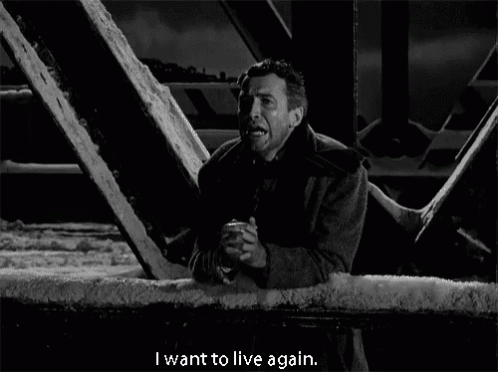Dead wronged: When the media ignores the rules on reporting about suicide
Yeah, I know, what a fun topic for a Saturday newsletter

I am 36-years-old and the number of people I have lost to suicide is reaching a level where I am nearly out of fingers to count them on. I don’t want to have to add my toes into the memorialising.
I tell you this not for sympathy but to make it clear that suicide is not an abstract topic for me. I know what it is like to wonder: Could I have done something more?
The inquest into the death of the TV presenter Caroline Flack concluded this week with a verdict of suicide. It also meant that thousands upon thousands of words in the newspapers were dedicated to Caroline Flack’s death, the alleged causes of it, and in many cases the method with which she chose to take her own life.
The Samaritans have a clear set of guidelines for reporting suicide. Let’s go through them:
Avoid reporting methods of suicide in articles, such as describing someone as having died by hanging, particularly in headlines.
Reports from The Sun, The Times, and The Daily Mail — and there were others that I did not read — all broke this rule. In the case of The Times, this rule was broken on consecutive days. Reporting the method added nothing to readers’ understanding of the story. It is pure prurience.
Include references to suicide being preventable and signpost sources of support, such as Samaritans’ helpline. This can encourage people to seek help, which could save lives.
While the reports included the Samaritans’ contact details at the end, it wouldn’t be fair to say that any of them found space to note that Caroline Flack taking her own life was not inevitable. The narrative is that she was ‘driven’ to that point and that it was the life choice equivalent of Thelma and Louise careening towards the cliff edge.
Avoid dramatic headlines and strong terms such as ‘suicide epidemic’. Never suggest that someone died instantly or that their death was quick, easy, painless, inevitable or a solution to their problems. Steer clear of language that sensationalises or glorifies suicide.


… and The Mirror was not alone. Almost every report in the newspapers came with a dramatic headline.
Avoid dramatic, emotive or sensational pictures or video footage. Excessive imagery can glamourise a death and lead vulnerable individuals to over-identify with the deceased.
The newspapers just cannot help themselves when the deceased was a glamorous and famous TV presenter. This guideline was entirely ripped up for the reporting.
Including content from suicide notes or similar messages left by a person who has died should be avoided. They can increase the likelihood of people identifying with the deceased. It may also romanticise a suicide or cause distress to the bereaved family and friends.

As well as this kind of stuff, the newspapers have also entirely exploited the grief of Caroline Flack’s family and friends, weaponising it to attack others — including her boyfriend, police officers, and medical staff involved in the incident.
Speculation about the ‘trigger’ or cause of a suicide can oversimplify the issue and should be avoided. Suicide is extremely complex and most of the time there is no single event or factor that leads someone to take their own life.

Young people are more susceptible to suicide contagion. When covering the death of a young person, do not give undue prominence to the story or repeat the use of photographs, including galleries. Don’t use emotive, romanticised language or images – a sensitive, factual approach is much safer. Coverage that reflects the wider issues around suicide, including that it is preventable, can help reduce the risk of suicidal behaviour. Include clear and direct references to resources and support organisations.
Not one report that I read — and as a media critic, I read many — could be said to fit the description of being sensitive and factual, nor of reflecting the wider issues around suicide. The newspapers covered Caroline Flack very intensely and harshly when she was alive. In death, they cover her as a tragic heroine and push any sense of the pressure she was under being derived from media coverage to some extent right the sidelines. It’s a pattern we’ve seen played out many times, whether the woman at the centre of the story was Amy Winehouse, Jade Goodey or now Caroline Flack.
I want this pattern to end. I fear it never will. And it makes me so angry.



